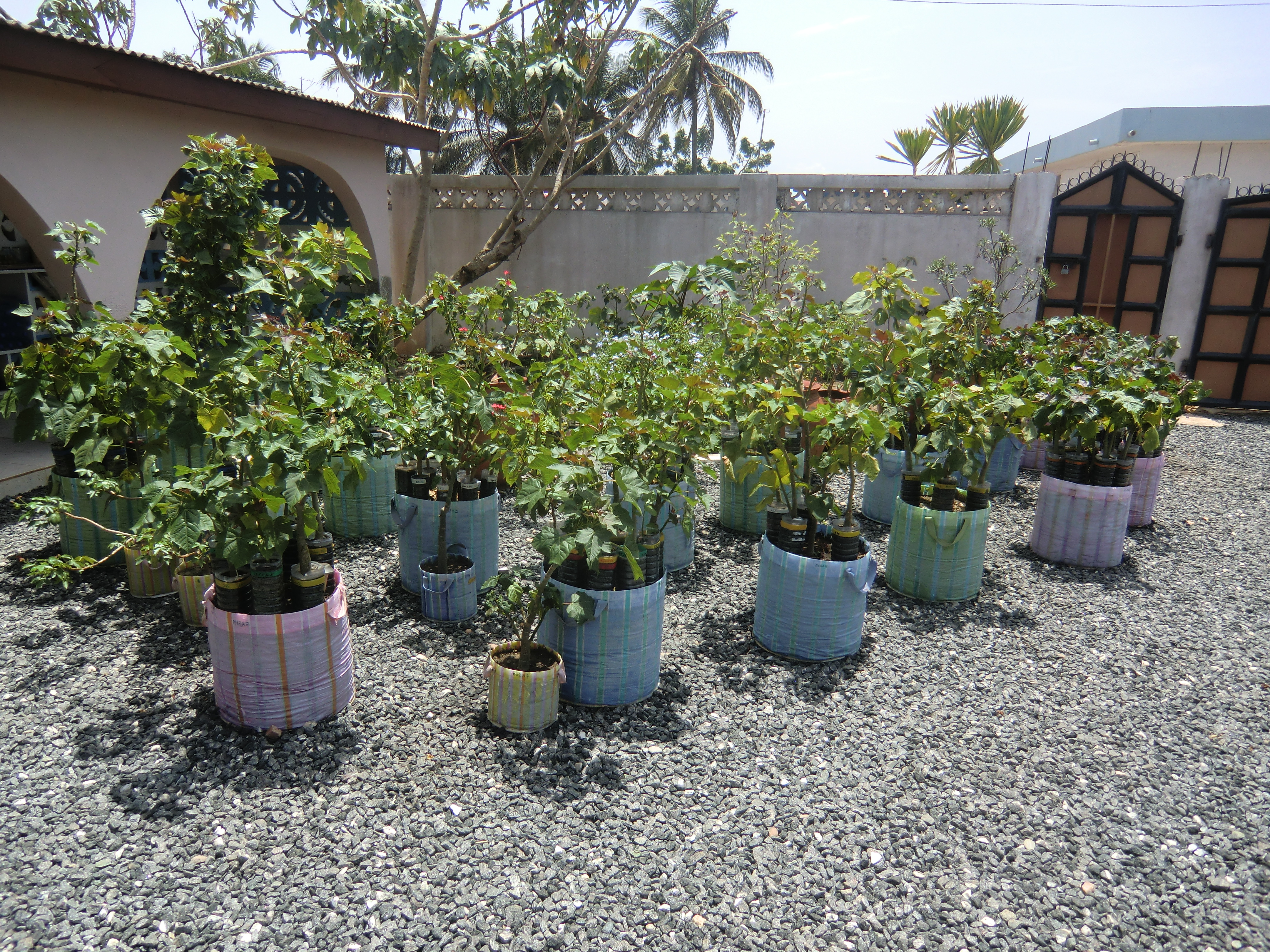You always wanted to know – But nobody told you…
Bionic Palm Jatropha breeders have decided to create a small series of articles to give the interested novice to the field of Jatropha a quick, but complete insight to what is really happening around this often so very falsely judged crop. Many articles and documents can be found on the web, some are extremely positive, but many utterly negative. Most of those articles have been written by authors who have an agenda of their own (that’s all we are going to say about the usual bunch of NGO’s) and are usually not very familiar with the subject of Jatropha itself. And not really interested to research and learn…
Therefore writers keep copying incorrect information without end from always the same incorrect sources on the web spreading the same nonsense again and again. A vicious cycle… Nobody seems to feel its necessary to verify information anymore when publishing online.
A good one of the many examples is: “Jatropha is invasive and therefore banned in many countries”. That information is outright wrong, but repeated again and again. The truth: Jatropha gossypiifolia is the invasive species (and it really is!) banned at least in the NSW province of Australia. However, what we commonly call “Jatropha” and develop as an energy and animal feed crop is Jatropha curcas Linn! A distinctly different species within the genus Jatropha which consists of more than 170 different species…
At Bionic Palm here in Ghana we have farmed and developed Jatropha since 2007 and are probably the global leader in non-toxic hybrid development. We are with our crop each and every day, 365 days a year. This seems unique amongst the breeding companies today who want to direct the development of a tropical plant from plush offices and genetic labs in cities like San Diego, Singapore and the Netherlands while their breeding orchards are thousands of miles away. They stop breeding for weekends and holidays, which often means they have to wait months for the same consecutive flowering to occur again which they missed last Saturday morning while shopping with the kids at the mall.
We want to give people a chance to understand Jatropha the way we do, but at the same time deliver it simple enough for those who are looking for correct information, while not intending to become Jatropha experts. And we promise to remain as unbiased as possible…
Let’s get going, here are the links to the articles currently available:
Jatropha for Dummies – Part 0 – The Problem
Jatropha for Dummies – Part 1 – The future is non-toxic
Jatropha for Dummies – Part 2 – The Farming
Author's Google+ profile